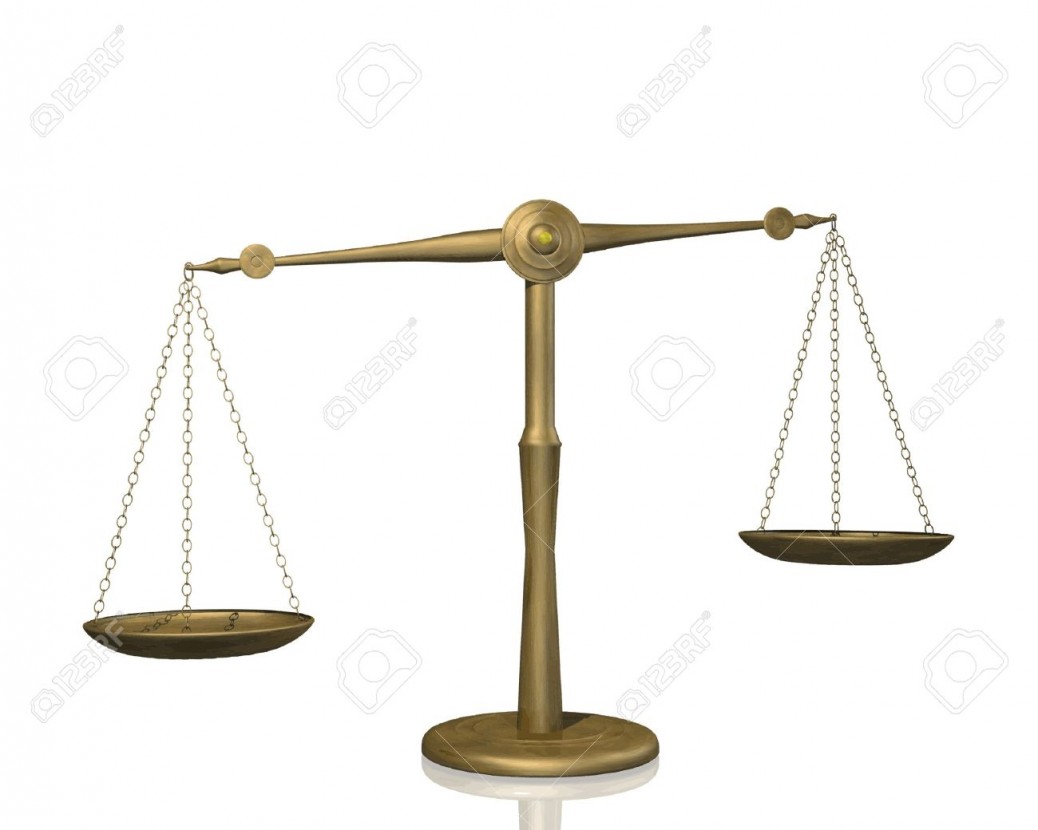Knowledge, Information and Experience
History of Weighing Scales:
Units of measurements have been used for all of antiquity. People have always used some type of set standard for trade. The first known measurement device was used by the Romans 2,000 years ago. They devised an equal beam scale which was shaped like the letter T with both arms measuring 7.4 in (18.8 cm) wide. Attached to each arm were metal pans that were typically 1.5 in (4 cm) in diameter.
The first known unit of weight was the wheat seed. The ancient Romans and Greeks used this standard to measure any other object against, generally for barter or trade. For instance, farmers would bring their crops to sell and they would be weighed against the known standard of wheat grain. X-amount of produce was equal to X-amount of grain needed to maintain the equilibrium of the balance. The Arabs improved on these techniques and established weight standards for gold, silver, and gems.
Scales themselves continued to evolve to meet both the distributor and customer’s needs. Customer’s wanted to be able to count on the accuracy of the distributor’s scales to make sure that they were not being cheated. The first scales used a simple balance beam to weigh an object against a known standard.
The first spring balance was brought into widespread use in the eighteenth century. In Bilston, England Richard Salter began making what is today known as a fisherman’s scale which used a spring balance to measure weight.
Raw Materials
The case of the spring scale is manufactured from stainless steel or aluminum. The interior is composed of metal springs, pins, gears, and plastic.
Design
There are many different types of scales; solar, electronic, digital, and spring to name a few. The scales may also differ on what they measure. Some scales are able to measure a person’s body fat ratio. The color and size of scales vary greatly to meet all customer needs.
A typical spring scale is comprised of weight transmitting levers, a weight sensing mechanism, and dial enclosed in a metal casing. Generally, the scale is equipped with a non-slip pad on the platform so that the person does not slip and fall off the scale.
The Future
As technology advances, so does the accuracy and application of scales. Today scales can measure not just weight but also body fat. These scales send a mild electrical current through the person’s feet and up the rest of the body. The more quickly the signal travels through the body, the less fat. Software is also being developed that allows the scale to keep track of a person’s weight loss or gain. Some are even able to track the weights of more than one person. These systems will be able to hook up to software on the home computer to better track weight loss or gain.











